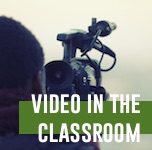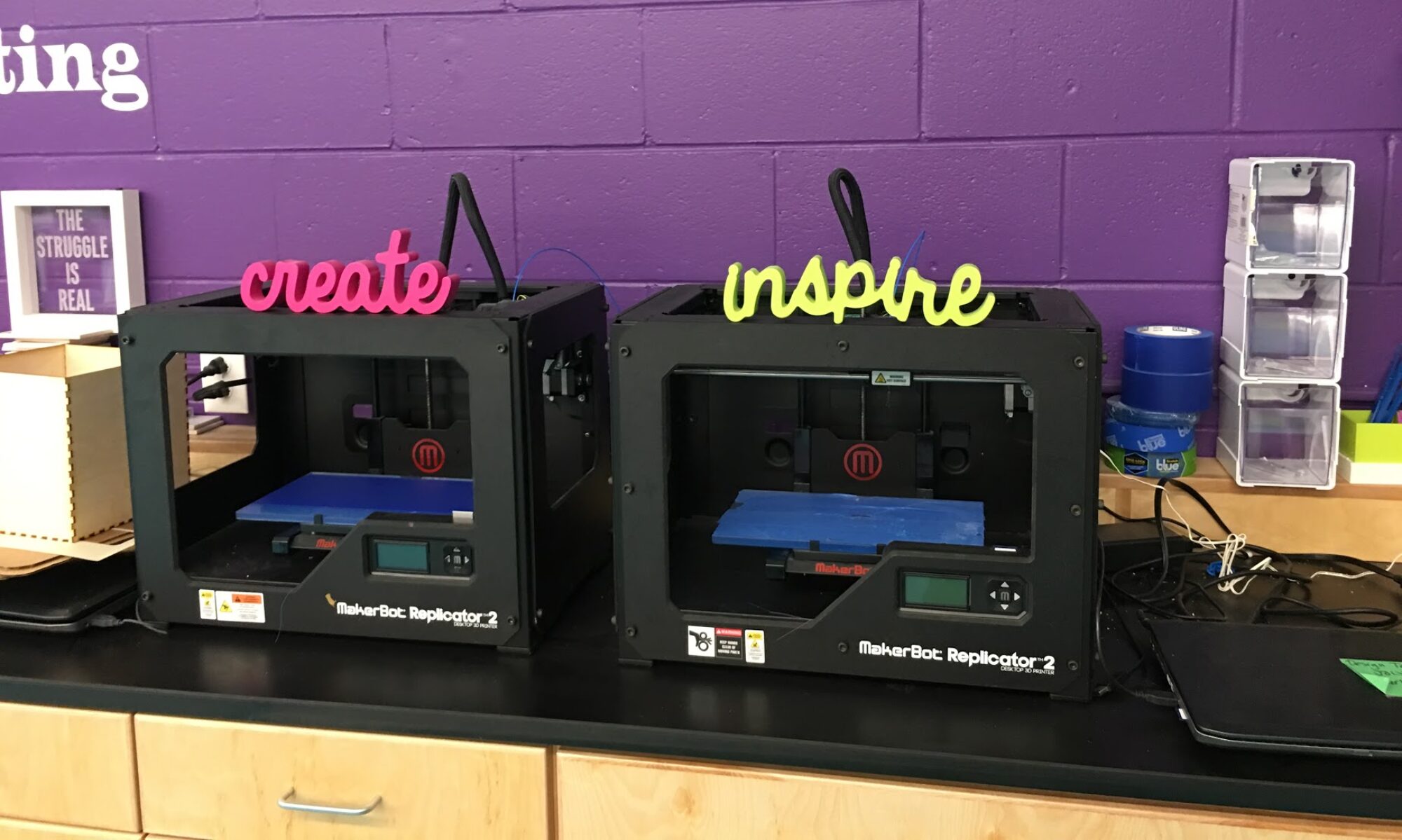Launching a new project cycle with inspiration from the last one
 Organizing your realia — testimonials, storytelling and artifacts — from a round of projects can feel overwhelming. So much footage! So many interviews! ALL THE IDEAS!
Organizing your realia — testimonials, storytelling and artifacts — from a round of projects can feel overwhelming. So much footage! So many interviews! ALL THE IDEAS!
Resist the freakout: here’s a recipe for pulling your footage together to inspire a new cycle of learning with lessons from the previous rounds.
That’s right: in case you haven’t guessed, it’s time for Brainado 2018!
And this is how they kicked it off:

Crossett Brook Middle School just entered the third round of their student-directed “passion projects” (codename: Brainado), and here’s how they kicked off the new season.
So much excitement tends to accrue around the beginning and the end of any project cycle, and one way to harness that excitement is to capture some realia and use it to feed the next cycle.
The video above is a simple mixture of the following ideas:
- how the project developed;
- what it’s looked like in the past;
- the broader impact of it on the Vermont learning ecosystem;
- the possibility inherent in a fresh new season.
First, add a solid base of history bits
The video takes excerpts from the students’ original first year Brainado hype trailer:

as well as the year-end highlight reel from that first year, to provide a sense of growth:

Two years of passionate, student-led projects is nothing to sneeze at! In fact, it’s a great moment to reflect on how much work has gone into the idea so far.
Next: a heaping helping of previous culminating events
That’s right: it is a mon-tage. (Mon-tage!)
During a project’s culminating event, many educators and family members like to document the event as it unfolds. This leads, of course, to the terrifying bin of unsorted footage that hangs about until the end of time.
I’m joking, of course: it creates a terrifying bin of unsorted footage that can provide a wealth of gorgeous little video moments to recreate a sense of what the culminating event was like.
This is important for two reasons. One, it gives learners who are entirely new to the process, an idea of what the process leads to. And two, it reminds existing learners of the sense of accomplishment and satisfaction they felt when they’d finished their projects and got to share them with their community.
You want 3-5 little clips of each culminating event, two seconds per shot maximum. Keep it light and keep it moving, Steven Spielberg.
Add a pinch of broader perspective…
Ask around: sharing is caring. With so many schools committing to a transparent and passionate digital storytelling and sharing plan (holler, #vted!) ideas are able to move between schools with greater efficiency.
What does this mean for you? As you pull together your launch video, either you or someone else involved in the project likely knows of other schools or districts inspired by your work.
With Brainado, we knew that the Flood Brook School, Shelburne Community School and Berlin Elementary School had all shared stories of how they’re implementing passion projects. So knowing that, we asked if these schools would mind us incorporating some of their video reflections into Crossett’s kick-off video.
A quick word about copyright:
Yes, you need permission. Explicit permission. This can take many forms.
If you look at the sidebar to the righthand side of this blog, you’ll note that the Tarrant Institute licenses all our work under a Creative Commons license. This type of up-front, explicit statement of how we’re comfortable for other storytellers to use our work, sets the terms out loud and clear. Digital media-makers please consider an up-front and easy-to-find Terms of Use statement. (Even if your terms of use are nope nope nope. Saves everyone a lot of time).
But it never hurts to ask.
If you see a video included with someone’s blogpost, go check their terms of use. If the video is unlisted, go double-check their terms of use.
This also applies to tweets.
Berlin teachers inspired by Crossett make #geniushour their own… @lifelegeros @billhkimball #wcsu32 https://t.co/fDPyVNwsKz
— Ellen Dorsey (@EDMathHysteria) February 22, 2018
It’s not strictly mandatory, but not everyone wants their tweets — even connected to a professional account — plastered up on the big screen or immortalized in a video.
Plus it has the added bonus of telling that person: Hey, your words really mean something to us! You wrote something that made a difference!
And please send them a quick thank you (and a link to the finished product) afterwards.
There endeth the lecture.
Fold in a few tablespoons of visions for the future
End your video by appealing to your learners, new and old, to think about the new cycle as an opportunity to push the project in new directions. Both as individual learners and as a community.
The Brainado 2018 launch video ends with a collage of student interviews we produced over the previous two years. The collage consists entirely of faces, the faces of students the new and old learners might recognize, as a celebration of the power of their storytelling.
And it asks the question: “Where will Brainado go next?”
Answering with: “It’s up to YOU.” Yes, with big shouty capital letters, because it’s asking the learners to explicitly consider how they could fit into the collage of student stories. It requires them to empower themselves.
Bake at 350 degrees in a group
Crossett Brook blended a school-wide assembly (including a staff-student basketball game) with their 2018 Brainado launch. They showed the launch video to the whole school. And in addition, they asked previous Brainado student leaders to stand up as their peers applauded. Nice!
But you can also show your launch video to a class, tuck it into a webpage for frequent viewing and (re)inspiration.
And when the next project cycle comes around, feel free to remix it into a brand new launch video.
Now, this is just one recipe for pulling together an inspiring project kick-off video. Just like banana bread, there are a ton of other recipes, including some that may horrify people with tree-nut allergies. But hopefully you find it helpful the next time you’re looking for a place to start in pulling together all that lovely lovely footage.
What are some of your digital storytelling recipes?

